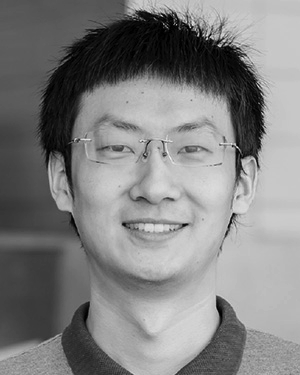Author details

Hui Chen
Affiliation
Chalmers University of Technology, Sweden
Biography
Hui Chen is a Research Specialist with the Department of Electrical Engineering at Chalmers University of Technology, Sweden, focusing on mmWave/THz localization and sensing.(Based on document published on 5 February 2025). Author's Published Works

